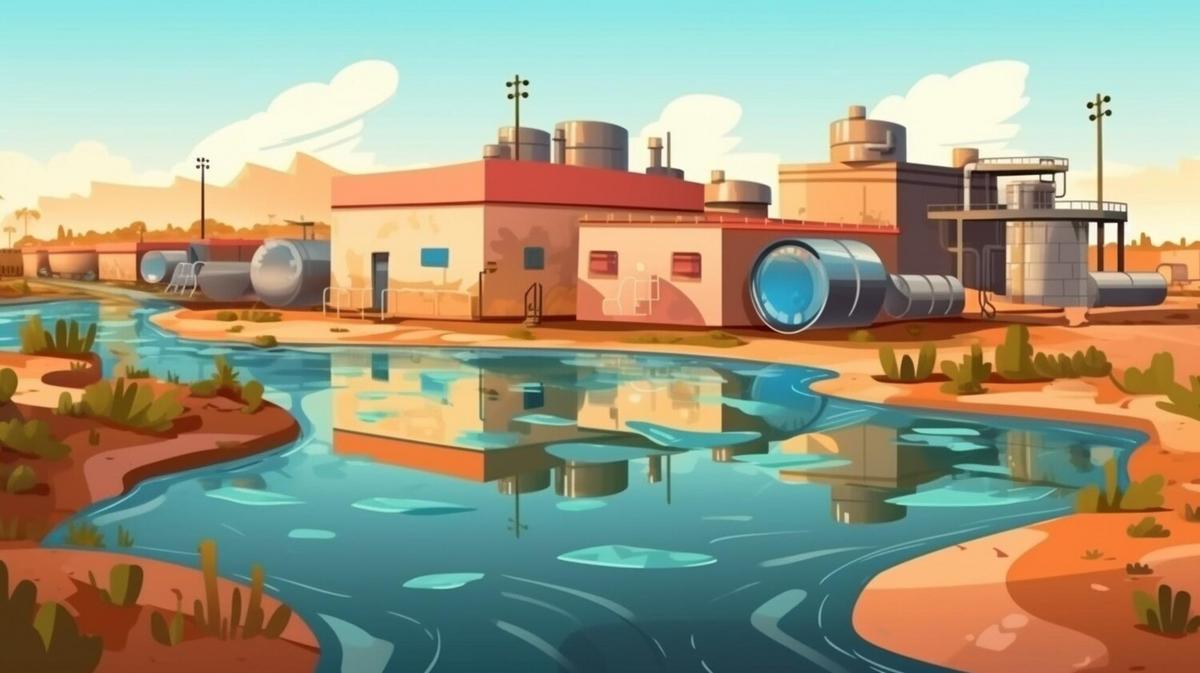Geothermal energy, a cornerstone of renewable resources, is witnessing a surge in innovation as the world seeks sustainable energy solutions. By tapping into the Earth’s natural heat, geothermal energy offers a reliable and eco-friendly power source that is gaining traction globally.
Understanding Geothermal Energy
Geothermal energy harnesses the Earth’s internal heat to generate electricity or provide direct heating. Unlike solar or wind energy, geothermal energy is available 24/7, offering a consistent supply. According to the International Renewable Energy Agency, geothermal power has the potential to provide over 8% of the world’s electricity supply by 2050.
Innovations Driving Geothermal Energy
Recent advancements are making geothermal energy more accessible and efficient. Enhanced Geothermal Systems (EGS) are a significant innovation, allowing energy extraction from dry or impermeable rock. By artificially creating reservoirs, EGS expands the geographical range of geothermal energy.
“EGS is transforming the geothermal landscape, making it a viable option in regions previously considered unsuitable,” notes Dr. Emily Smith, a renewable energy researcher.
Case Study: Iceland’s Geothermal Success
Iceland stands as a testament to geothermal energy’s potential. Over 85% of its homes are heated with geothermal energy, drastically reducing carbon emissions and reliance on fossil fuels.
Benefits of Geothermal Energy
- Consistent and reliable power supply
- Low greenhouse gas emissions
- Reduced dependency on fossil fuels
- Potential for direct heating applications
Challenges and Solutions
While geothermal energy has numerous benefits, challenges such as high upfront costs and site-specific limitations exist. However, increased investment and technology improvements are mitigating these issues. Government incentives are also playing a crucial role in promoting geothermal projects.
| Country | Installed Capacity (MW) | Potential Capacity (MW) | Utilization Rate |
|---|---|---|---|
| USA | 3,700 | 30,000 | 12% |
| Iceland | 755 | 20,000 | 95% |
| Indonesia | 2,133 | 29,000 | 7% |
| Philippines | 1,918 | 8,000 | 24% |
| Kenya | 828 | 10,000 | 8% |
| Italy | 944 | 2,000 | 47% |
| New Zealand | 1,005 | 5,000 | 20% |
| Japan | 550 | 20,000 | 3% |
Future Outlook
As technology advances, geothermal energy is poised to play a crucial role in the global energy mix. Innovations in drilling techniques and reservoir management are expected to reduce costs and improve efficiency.
Frequently Asked Questions
What is geothermal energy?
Geothermal energy is the heat derived from the Earth’s internal processes, used for power generation and direct heating.
How is geothermal energy harnessed?
It is harnessed by tapping into steam or hot water reservoirs underground to generate electricity or for direct heating applications.
Is geothermal energy sustainable?
Yes, it is a sustainable resource, providing consistent energy with minimal environmental impact.
What are Enhanced Geothermal Systems (EGS)?
EGS involve creating artificial reservoirs to extract geothermal energy from previously unusable sites.
Conclusion
In conclusion, geothermal energy represents a promising solution in the quest for renewable energy sources. With innovations in technology and increased investment, its role in reducing carbon footprints and providing sustainable power is set to expand. Embracing geothermal energy can lead to a cleaner, more sustainable future.




Leave a Reply